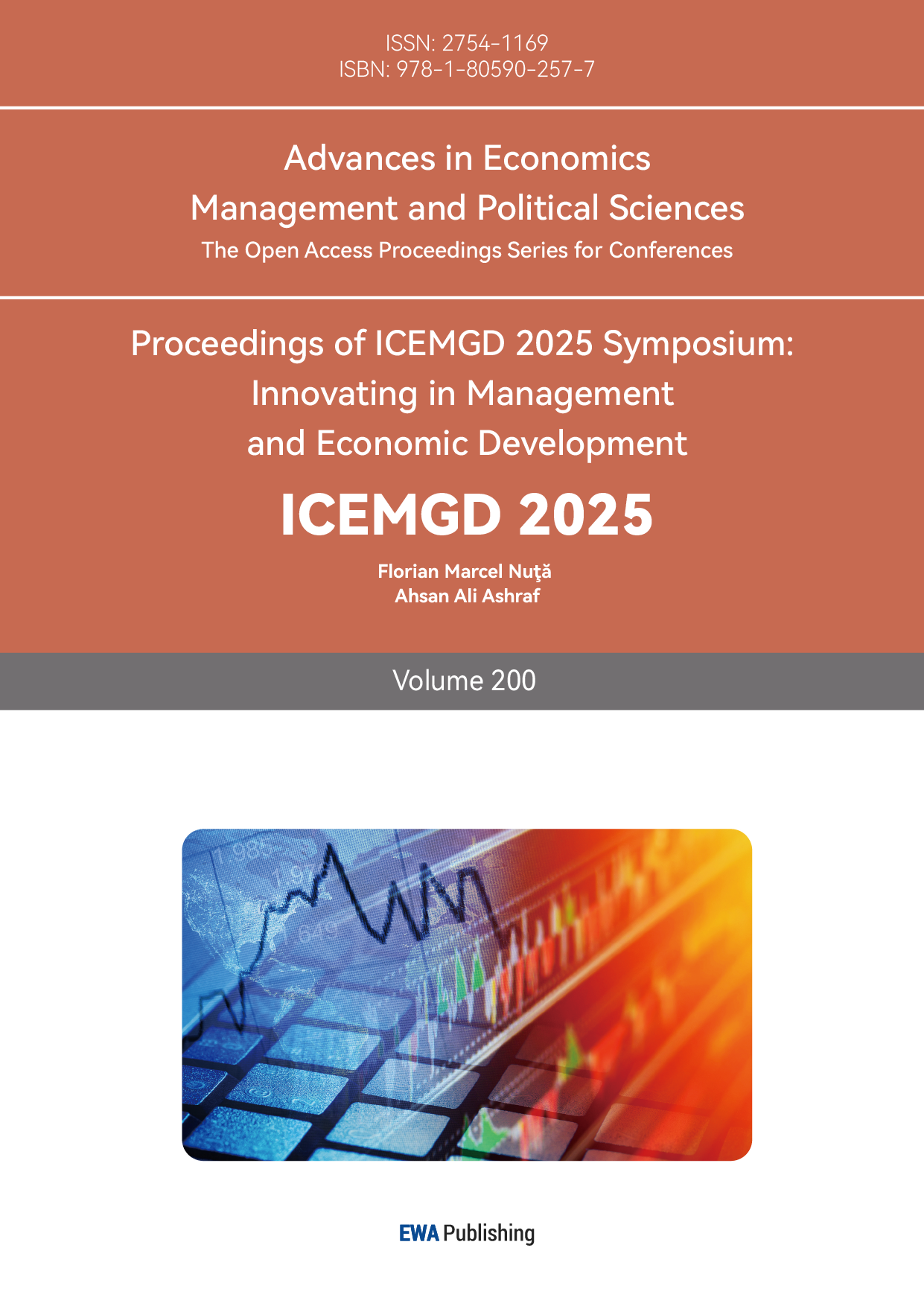References
[1]. Jegadeesh, N., & Titman, S. (1993). Returns to buying winners and selling losers: Implications for stock market efficiency. Journal of Finance, 48(1), 65-91.
[2]. Moskowitz, T. J., Ooi, Y. H., & Pedersen, L. H. (2012). Time series momentum. Journal of Financial Economics, 104(2), 228-250.
[3]. Markowitz, H. M. (1952). Portfolio selection. Journal of Finance, 7(1), 77-91.
[4]. Asness, C. S., Moskowitz, T. J., & Pedersen, L. H. (2013). Value and momentum everywhere. Journal of Finance, 68(3), 929-985.
[5]. Carhart, M. M. (1997). On persistence in mutual fund performance. Journal of Finance, 52(1), 57-82.
[6]. Ang, A., Hodrick, R. J., Xing, Y., & Zhang, X. (2006). The cross-section of volatility and expected returns. Journal of Finance, 61(1), 259-299.
[7]. Blitz, D., & Van Vliet, P. (2007). The volatility effect: Lower risk without lower return. Journal of Portfolio Management, 34(1), 102-113.
[8]. Cremers, M., & Petajisto, A. (2009). How active is your fund manager? A new measure that predicts performance. Review of Financial Studies, 22(9), 3329-3365.
[9]. Daniel, K., & Moskowitz, T. J. (2016). Momentum crashes. Journal of Financial Economics, 122(2), 221-247.
[10]. Bali, T. G., Engle, R. F., & Murray, S. (2016). Empirical asset pricing via machine learning. Review of Financial Studies, 29(3), 723-765.
[11]. Huang, D., Jiang, F., Tu, J., & Zhou, G. (2015). Investor sentiment aligned: A powerful predictor of stock returns. Review of Financial Studies, 28(3), 791-837.
[12]. Frazzini, A., Israel, R., & Moskowitz, T. J. (2018). Trading costs of asset pricing anomalies. Journal of Financial Economics, 128(2), 230-252.



